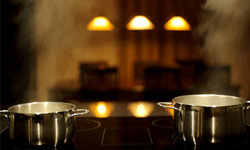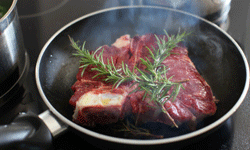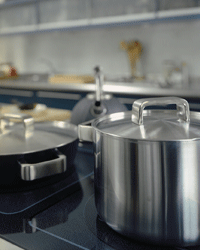Boiling water is quicker in Paris than it is in Buffalo. It takes less time to sauté vegetables, brown chicken, and bring soup to serving temperature, too. Europeans are quicker to the draw because they can answer this burning question: what is an induction cooktop?
The speed has nothing to do with location, of course, and everything to do with technology, specifically the induction cooktop. This type of stove is pretty rare in North America but is common in European restaurants and homes. Plus, it has little in common with electric or gas cooktops, as induction cooking uses electromagnetism to heat pots and pans. As a result, it accomplishes the task significantly faster.
Advertisement
But speed is just one of the benefits. So, if induction technology is so great, why isn't it everywhere? Price, mostly. Still, as people begin to put more money into their kitchens and the prices of induction cooktops start to inch downward, the U.S. has taken notice. So let's take a look at five reasons a lot of people are willing to spend more on this cooking surface.



